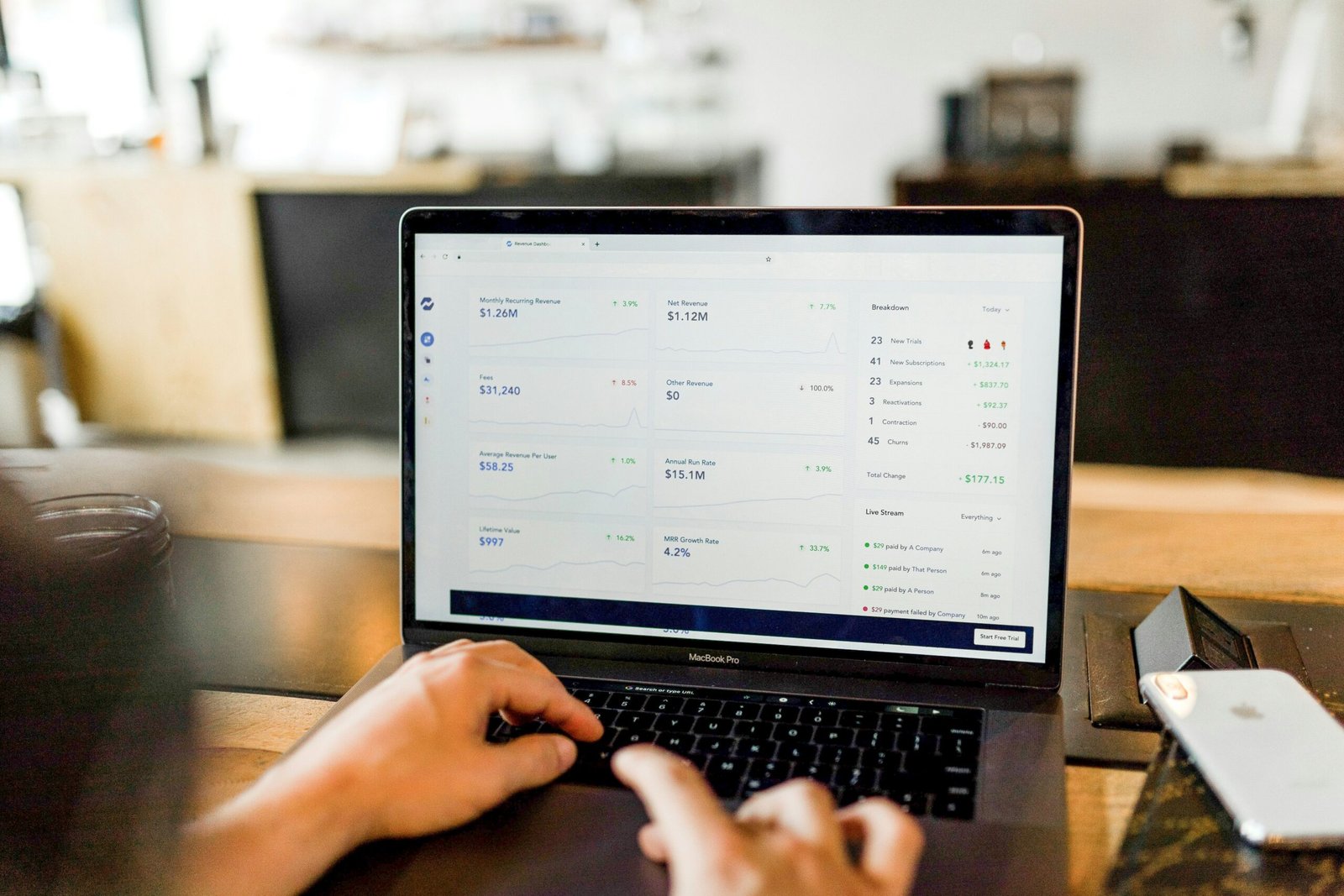Optimizing SaaS Sales Funnels: Converting Trial Users into Paying Subscribers
SaaS (Software as a Service) Sales Funnels: Converting Trial Users into Paying Subscribers
Software as a Service (SaaS) companies have revolutionized the way businesses operate by offering cloud-based solutions that are accessible, scalable, and cost-effective. However, building a successful SaaS business is not just about developing a great product; it also requires an effective sales strategy. This is where sales funnels come into play.
What is a Sales Funnel?
A sales funnel is a visual representation of the customer journey, from the initial contact with your product to the final conversion into a paying subscriber. It consists of various stages that prospects go through before making a purchase decision. Each stage of the funnel has a specific goal and requires a different approach to move prospects closer to becoming customers.
The Stages of a SaaS Sales Funnel
1. Awareness: At the top of the funnel, the goal is to create awareness and attract potential customers. This can be achieved through content marketing, social media advertising, search engine optimization, and other marketing strategies. The key is to provide valuable information and establish your brand as an industry leader.
2. Interest: Once prospects are aware of your product, the next step is to generate interest. This can be done by offering free trials, demos, or educational content that showcases the value of your SaaS solution. It’s important to address the pain points of your target audience and highlight how your product can solve their problems.
3. Evaluation: At this stage, prospects are actively evaluating your product against competitors. They may be comparing features, pricing, customer reviews, and other factors that influence their decision. It’s crucial to provide clear and transparent information, offer personalized demos, and address any objections or concerns they may have.
4. Conversion: Once prospects have evaluated your product and are convinced of its value, it’s time to convert them into paying subscribers. This can be done through a seamless and user-friendly signup process, with clear pricing plans and options. Offering incentives such as discounts or extended trials can also help in closing the deal.
5. Retention: The sales funnel doesn’t end with the conversion. Retaining customers and reducing churn is equally important. Providing excellent customer support, ongoing training, and regular communication can help in building long-term relationships and turning customers into brand advocates.
Optimizing Your SaaS Sales Funnel
Now that we understand the stages of a SaaS sales funnel, let’s explore some strategies to optimize each stage and improve conversion rates:
1. Segment your audience: Not all prospects are the same, and they have different needs and pain points. By segmenting your audience based on demographics, industry, or behavior, you can tailor your messaging and offers to resonate with each segment.
2. Personalize your communication: Personalization is key to building trust and establishing a connection with your prospects. Use their names in emails, send targeted messages based on their actions, and provide relevant content that addresses their specific needs.
3. Offer a seamless user experience: Make it easy for prospects to navigate your website, sign up for a trial, and access your product. A user-friendly interface and intuitive design can significantly impact conversion rates.
4. Implement a lead scoring system: Not all leads are ready to convert. By assigning a score to each lead based on their engagement level and behavior, you can prioritize your efforts and focus on those who are most likely to convert.
5. Provide exceptional customer support: Happy customers are more likely to stay and refer others to your product. Invest in a robust customer support system that is available through multiple channels and provides timely and helpful assistance.
Conclusion
SaaS sales funnels play a crucial role in converting trial users into paying subscribers. By understanding the stages of the funnel and implementing strategies to optimize each stage, SaaS companies can improve their conversion rates and build a loyal customer base. Remember, the key is to provide value, address pain points, and offer a seamless user experience throughout the customer journey.

